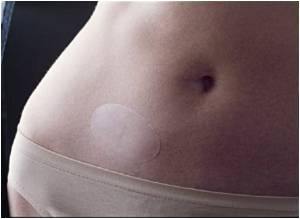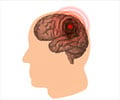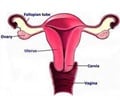A new study by researchers suggests that HRT skin patches containing low doses of oestrogen carry less risk of stroke than oral therapy.

HRT is regularly prescribed to women suffering from the effects of the menopause. However, most studies have shown an increased risk of stroke associated with taking HRT. There is also evidence that different routes of administering HRT may be associated with a different risk of cerebrovascular events.
So, researchers of the new study assessed the risk of stroke associated with oral and transdermal (through the skin) HRT in post-menopausal women in the UK.
Their findings are based on data from the General Practice Research Database (GPRD), which holds the anonymised medical records of millions of patients registered with family doctors across the UK.
From a population of over 870,000 women aged 50-79 between January 1987 and October 2006, they identified 15,710 cases with a first recorded diagnosis of stroke occurring in the study period. Each case was matched to 59,958 controls.
Exposure to HRT was categorised into oestrogens only, oestrogens plus progestogen, progestogen only, and tibolone. Oestrogens were further subdivided according to the route of administration (oral or transdermal) and to the dose (high or low).
Advertisement
Use of oral HRT increased the rate of stroke by around 25-30 percent compared with no use, regardless of the oestrogen dose or when combined with progestogen.
Advertisement
The study has been published on bmj.com.
Source-ANI















